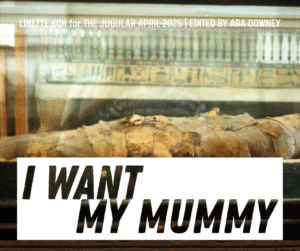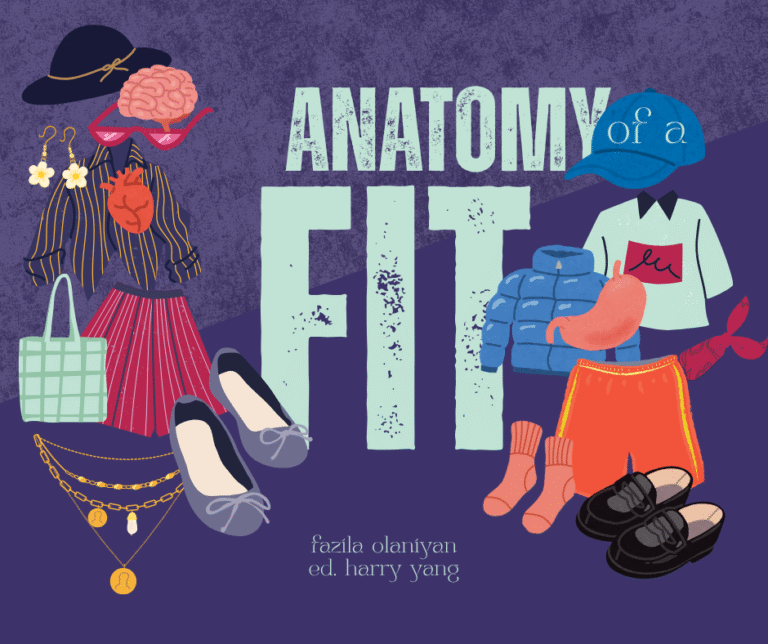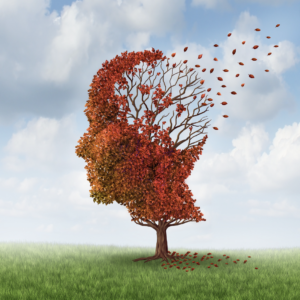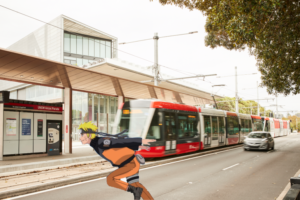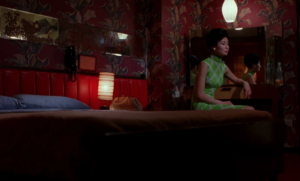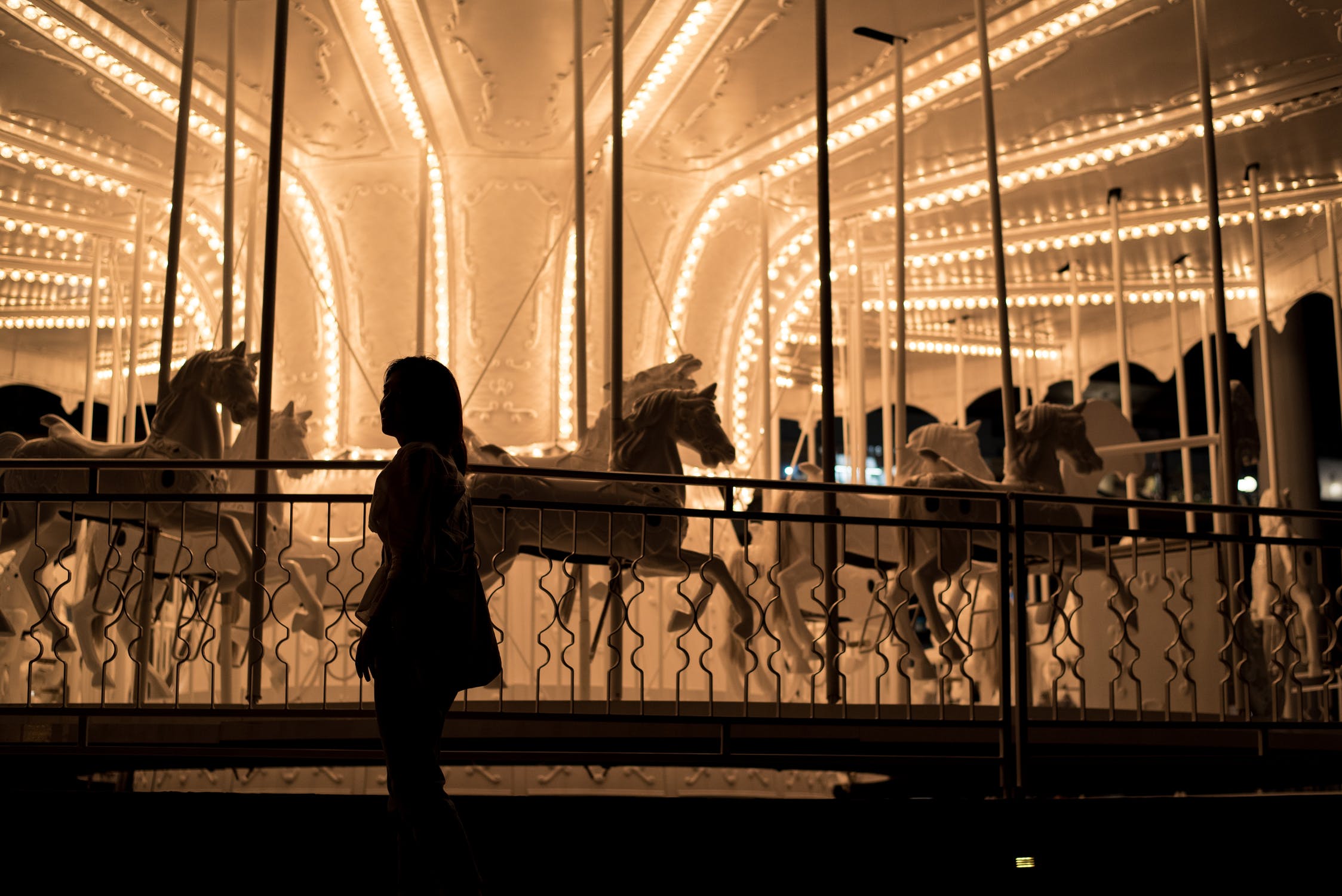
By Thulashigan Sreeharan; Edited by Nipuni Hapangama
The past few months have been a mix of idleness and turbulent upheaval. They have reminded us of the uncertainty in existence and death’s finality. As soon-to-be doctors, we will have to accept defeat in the war against death – but what exactly is this entity we are fighting for?
I believe that we are “released” from this world at the end of life, in the sense that life is no longer imagined by our conscious brain. This idea is best explained by Anil Seth and Donald Hoffman, both of whom have modelled the evolutionary bias in human perception. These talks are deflating in their ability to reduce our rich view of the human experience to the mere physico-chemical and yet, their ideas are new and transformative.
According to them, our brain hallucinates conscious experience, and when people agree about these hallucinations, we call it reality. Seth argues that patients under anesthesia regain consciousness in a state of “oblivion” that is different to waking from sleep, where one is aware of the continuity in time. He also highlights that our brain attempts to construct its surroundings based on sensory signals and prior expectations, despite being locked away in our skull. This leaves our brain open to being deceived, as we see in optical illusions.
An illusion where A and B are in-fact the same colour
The example highlights that we do not just passively perceive the world, but also actively generate it through our brain’s predictions. This begs the question: if hallucination through altered states is uncontrolled perception, then is our perception a controlled hallucination reined in by sensory inputs?
Hoffman takes a different route to arrive at this conclusion. Using game simulations of Natural Selection theory, his model suggests that organisms with sensory systems geared towards perceiving ‘fitness’ have greater survival than those who perceive an accurate reality. He uses the example of the Australian Jewel beetle, whereby males of the species would attempt to breed with beer bottles, mistaking their appearance for the flightless, female mate. The beetles’ penchant for shiny, brown, dimpled objects drove their survival for thousands of years, rather than a conscious choice to find an actual female.
Male Australian Jewel beetle and a beer bottle (1)
The analogy of a computer’s desktop interface to explain conscious perception is perhaps more apt for humanity than beetles and beer bottles. Hoffman suggests that the icons on the desktop represent the physical objects in space and time with which humans interact. Humans interacting with this interface are unaware of the “software, diodes and resistors” that create this environment. Simply put, just as the interface is tailored to serve our needs with the computer, perception caters for our need to survive.
It is important to clarify that neither Seth nor Hoffman seek to dispel reality’s existence, but rather suggest our perception of it is incomplete. They assure us that at the end of consciousness, there is no parting with reality – we will eventually coalesce into the world which we had once tried to perceive.
If you want to listen to these talks in more detail:
Image source:




